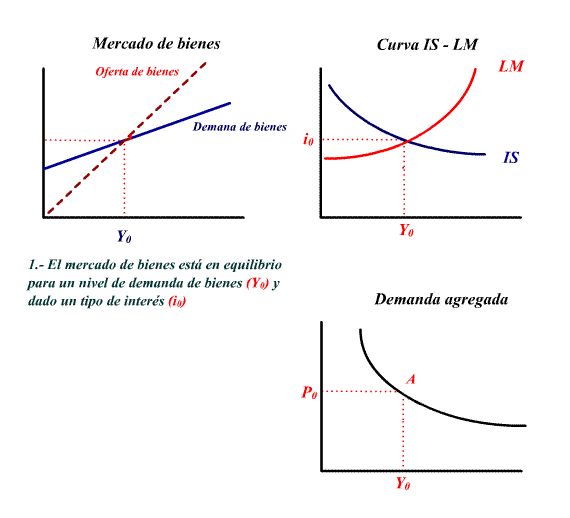Summary: Fiscal policy v Monetary policy
Before going onto new topics, we are going to
try and show you how a government acts with the economy:
In first place, we have to poing out that the
government's main objective, when they are dealing with the economy,
is to maintain increasing interest rates stable in the long term:
Historically, it has been proved that
to ensure an efficient economy, you have to maintain increasing
interest rates stable, without causing strong economic imbalances.
It is important that the economy
grows slowly, rather than growing uncontrolable, as this will
cause serious economic inbalances (to start with, a strong recovery
in inflation), which are difficult to correct and that usually
end with a recession.
The measures that can be adopted, as we have
seen, are diverse: on the side of demand (that's to say, those
directed at trying to move the aggregate demand curve) we can
point out the fiscal policy and the monetary policy:
The fiscal policy
includes actions that effect the public expenditure and taxes
and that have an impact on the market of goods and services
(moving the IS curve).
The monetary policy,
which the Central Bank usually orchestrates, includes measures
that effect the Monetary Offer and that act in first place on
the money market (moving the LM curve).
Let's see an example of restrictive fiscal policy:
An increase in taxes makes the income
available decrease, which makes consumption fall (and also investments).
The goods demand curve goes down.
For a given level of interest rates,
the balanced income will be less, which means the IS curve will
move towards the left.
The crossing point of hte IS-LM curve
also moves towards the left, which given the level of prices
(Po), the balanced income will now be less.
This will also cause the aggregate
demand curve to move towards the left.

This policy could be appropriate
when the government wants to slow down an excesive increase
in the economy.

